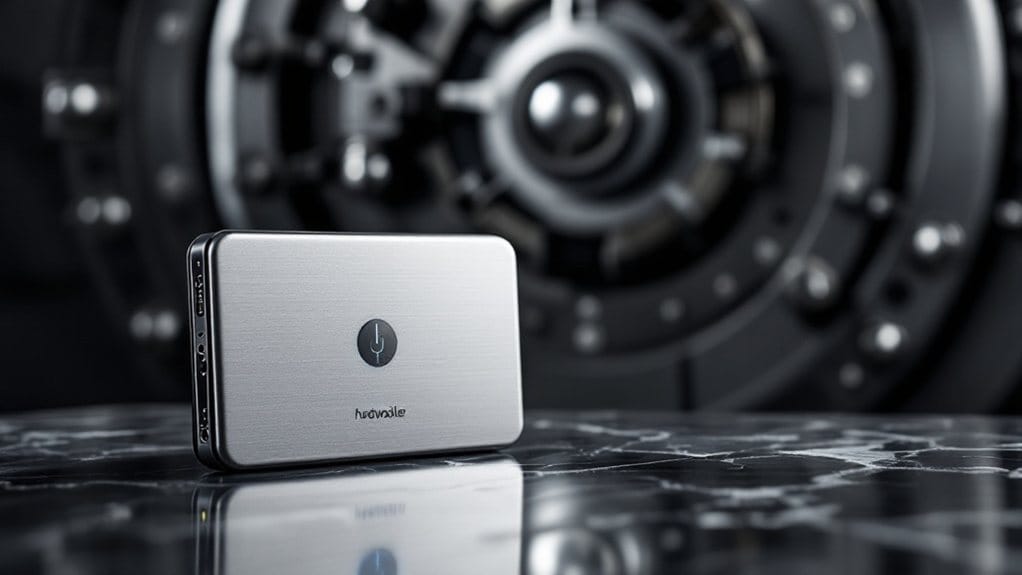Crown Cryptocurrency (CRW), launched in 2016, represents an innovative blockchain platform combining distributed ledger technology with cloud engineering capabilities. The ecosystem features proof-of-stake consensus, NFT creation frameworks, and community governance mechanisms, operating on SHA-256 algorithm with a maximum cap of 42 million tokens. Despite facing market challenges, dropping from an all-time high of $5.59 to $0.0031, Crown’s technological foundation and integration capabilities with networks like BNB Smart Chain suggest untapped potential in blockchain application development.

Crown Cryptocurrency (CRW) represents a decentralized blockchain platform that emerged in 2016, focusing on the integration of cloud engineering with distributed ledger technology. Originally designed to facilitate fast and secure transactions, Crown underwent a considerable network fork in October 2014 and has since evolved to incorporate diverse blockchain functionalities, including NFT creation and community governance mechanisms.
Crown revolutionized blockchain integration by merging cloud engineering with distributed ledger technology, expanding into NFTs and community governance since 2016.
The platform utilizes a proof-of-stake (PoS) consensus mechanism, which allows users to participate in network validation and earn rewards through staking their CRW tokens. Operating on the SHA-256 algorithm for improved security and data manipulation, Crown maintains a total supply of approximately 33.71 million CRW tokens, with a maximum cap set at 42 million. The platform’s yearly performance shows a significant decrease of 37.9% compared to its previous value. Recent market analysis suggests Crown’s fully diluted market cap stands at Bitget trading. Unlike traditional cryptocurrencies, Crown tokens are smart contract minted through automated processes rather than mining operations.
Despite its innovative technical features, Crown has faced substantial market challenges, with its value declining remarkably from its all-time high of $5.59 to approximately $0.0031. The cryptocurrency’s market position has weakened considerably, currently ranking around #7060 with minimal trading volume across exchanges, conspicuously absent from major platforms like Coinbase.
Crown’s blockchain architecture supports multiple use cases, including an extensive NFT framework through its asset registry subsystem, peer-to-peer network development capabilities, and a decentralized governance system for community decision-making. The platform’s security infrastructure relies on incentivized nodes for network maintenance, while its user-friendly interface facilitates straightforward token management.
The project’s evolution is documented in its whitepaper, which underwent several iterations before reaching its final version in July 2018. While Crown’s current market performance reflects considerable challenges, its technological foundation offers potential for blockchain application development and community-driven initiatives.
The platform’s integration capabilities with networks like BNB Smart Chain and its robust NFT framework position it for possible future growth, particularly during favorable market conditions. However, its success largely depends on increasing market adoption and trading activity, which remain significant hurdles in the current cryptocurrency landscape.
FAQs
How Does Crown’s Staking Mechanism Differ From Other Proof-Of-Stake Cryptocurrencies?
Crown’s staking mechanism stands apart through its hybrid consensus model, combining PoW and PoS elements, where traditional PoS systems typically rely solely on stake-based validation.
This dual approach enables users to participate through either mining or staking, enhancing network security while maintaining energy efficiency.
The system requires lower computational resources compared to pure PoS networks, making it more accessible while still ensuring robust transaction validation and block creation.
What Security Measures Protect Crown Holders From Potential Cyber Attacks?
Crown holders benefit from multiple layers of security protection, including Quantum-Resistant Encryption with CrownEncryptOTP integration, which prevents quantum computer attacks through advanced key generation.
The system employs Gradient Descent Supervision to eliminate key reuse vulnerabilities, while the upcoming Polkadot parachain integration will improve cross-chain security.
Moreover, multi-signature wallet implementation and continuous network monitoring protect against unauthorized access and DDoS attacks.
Can Crown Tokens Be Stored in Hardware Wallets?
Crown tokens can be securely stored in hardware wallets, particularly models like Trezor One and Trezor T, which offer robust cold storage solutions.
These devices store private keys offline, providing protection against cyber threats and unauthorized access.
Hardware wallets integrate seamlessly with different platforms and web applications while maintaining improved security through offline transaction signing and tamper-resistant physical components.
What Is Crown’s Maximum Transaction Speed per Second?
Crown’s maximum transaction speed is not publicly documented in official sources, though its proof-of-stake architecture theoretically supports several hundred transactions per instant.
The network’s optimized blockchain structure suggests potential throughput comparable to mid-tier cryptocurrencies, falling between Bitcoin’s 7 TPS and Solana’s 65,000 TPS.
However, real-world performance data and independent verification of Crown’s actual transaction capacity remain limited.
Does Crown Have Plans to Implement Smart Contract Functionality?
Crown’s blockchain ecosystem currently supports smart contract functionality within its network, though detailed implementation plans are not explicitly outlined in their roadmap.
While the platform emphasizes governance and scalability features through its MNPOS protocol, the development of smart contracts appears subordinate to providing extensive blockchain solutions.
Crown’s focus remains on environmental sustainability and multi-chain custom projects, suggesting smart contracts may evolve as complementary features.









